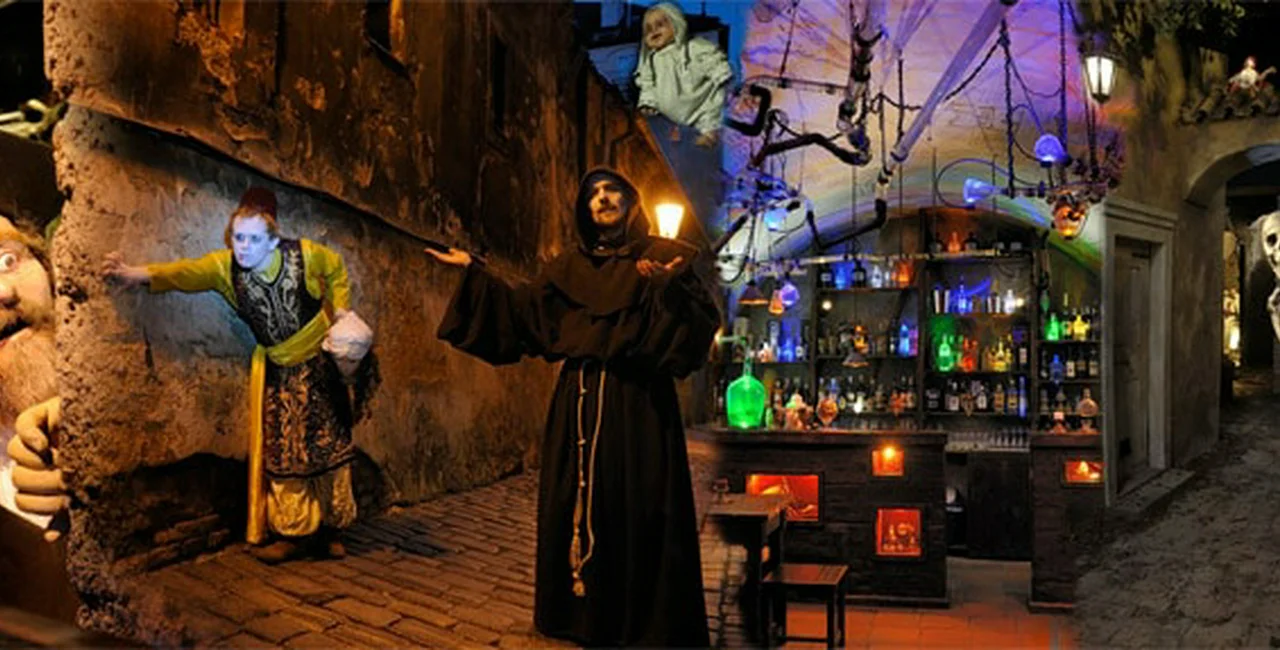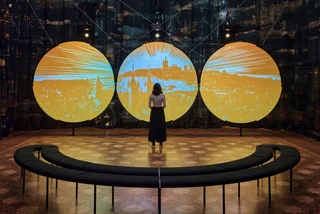Turning base metals into gold. Conversing with angels. Conjuring the future. The alchemists of old Bohemia were anything but boring.
If only the same could be said for this museum.
Making it to the main exhibition space isn’t easy: you’ll need stamina and a head for heights to clamber up the endless spiral staircase. According to the garrulous guide, it’s the oldest one in Prague.
I believe him. After all, the building dates back to the sixteenth century, when it was owned by Edmund Kelley, an alchemist who came to Prague seeking fame, fortune and the patronage of Rudolf II. Edmund failed to get on the Emperor’s good side but he did amass ample wealth before his meteoric fall. He even convinced his companion, Dr John Dee, to share all his possessions with him – including his attractive young wife.
Edmund Kelley may have been a con man – as well as the wife swapping, Edmund somehow persuaded Dr Dee, one of the most educated men in Elizabethan England, that he was capable of talking to angels in a special language called Enochian – but he is a fascinating historical figure.
I was therefore excited about visiting the tower where Kelley once got up to his old tricks. However, while the space itself is impressive – after all it is a genuine Renaissance attic with stunning wooden beams – the exhibition is unimaginative. There are dummies dressed in period costume posing as Kelley, Dee and even Shakespeare, who allegedly visited Bohemia. There are glass vials, fake books, a homunculus in a bell jar – in other words, all the usual paraphernalia for tourists to peer at. Does any of this give you a real idea of what the alchemists were up to? Sort of.
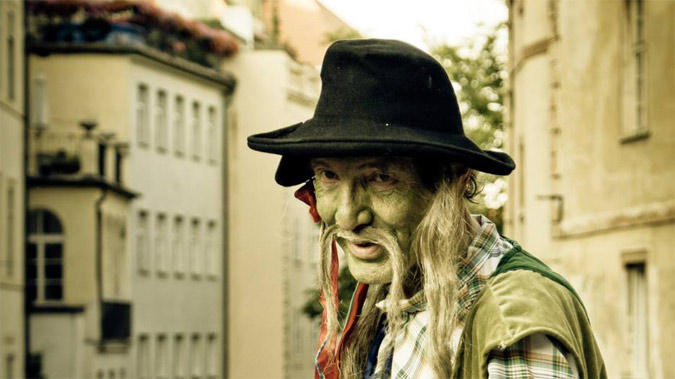
There is the occasional attempt to inject a little more excitement into the tour: you can pull a chain to move the magnifying glass brandished by the skeletal assistant nicknamed Boney or squeeze the bellows of the giant furnace but overall this part of the exhibition was dull. There was some information available to read in English but I didn’t have much of a chance as I was tailed by an overenthusiastic guide for my whole visit. Perhaps he was desperate for company – there certainly weren’t many paying customers around while I was there.
Once I’d made it back down the stairs safely, I realized there was more to see – but not much more. Near the ticket office there’s a model of the solar system. The planets move if you cranking the wooden handles. My guess is this would keep little visitors amused for all of thirty seconds.
There’s a huge cask in another corner which was meant to hold urine. Judging from the absence of any nasty smell, it’s left empty these days. Once upon a time, the inscription informed me, as well as transforming base metals into gold, alchemists busied themselves turning wee into phosphorus. Who knew?
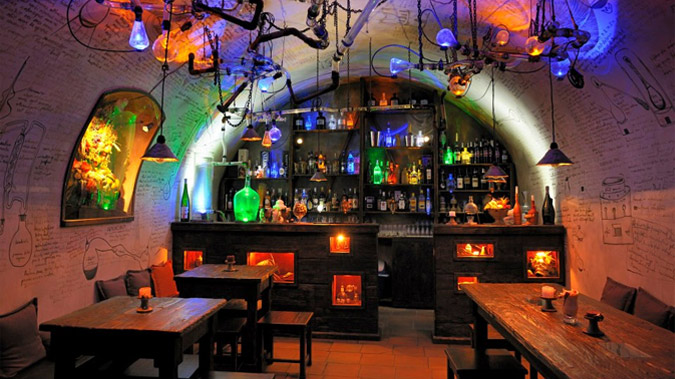
There’s another corner covered with info boards outlining the history of alchemy in Bohemia which provide plenty of background about other key figures like the Mysterious Doctor Kytl and The Magical Baron (aka Mladota of Solopysk). To make things more atmospheric, the floor and ceiling are covered in illuminated esoteric symbols. As I make my way dutifully around this bit, I collide with something – a black gowned figure kneeling on the floor. Fortunately, it was just another model of a mysterious alchemist. I’m not sure exactly what he was meant to be doing – perhaps just trying to conjure up more visitors.
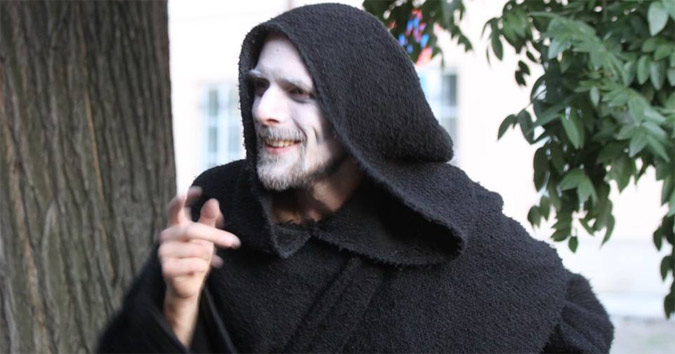
It’s too easy to think of alchemists as misguided wizards who messed around with crystal balls, cauldrons and potions. There may have been charlatans – and Edmund Kelley was certainly one of them – but in their own time, the alchemists were seen as pioneers pushing at the frontiers of human knowledge. Think Leonardo da Vinci crossed with Nostradamus rather than Dumbledore. It would have been nice if the museum had tried harder to get this across instead of going for the entertainment factor – and falling short.
Great museums tell great stories – and Edmund Kelley’s rise and fall is a superb one packed with sensational details. Another approach might have been to focus the whole exhibition around this early modern expat on the make and contrast him with the more serious proto-scientists like his companion Dr John Dee. That way, the museum could have shed light on what being an alchemist really meant and still provided some decent entertainment.
You don’t need a crystal ball to work out that the 190 CZK entrance fee is poor value for money. It took me around forty minutes to cover both the downstairs and the loft exhibition spaces (and I was taking notes).
As you’ve no doubt guessed, the Alchemy Museum failed to work its magic on me.
Museum of Alchemists and Magicians of Old Prague
Jánský vršek 8, Prague 1
Mon-Sun 10:00-20:00
Admission 190 CZK
http://www.muzeumalchymistu.cz/











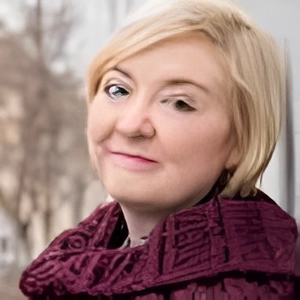
 Reading time: 4 minutes
Reading time: 4 minutes 